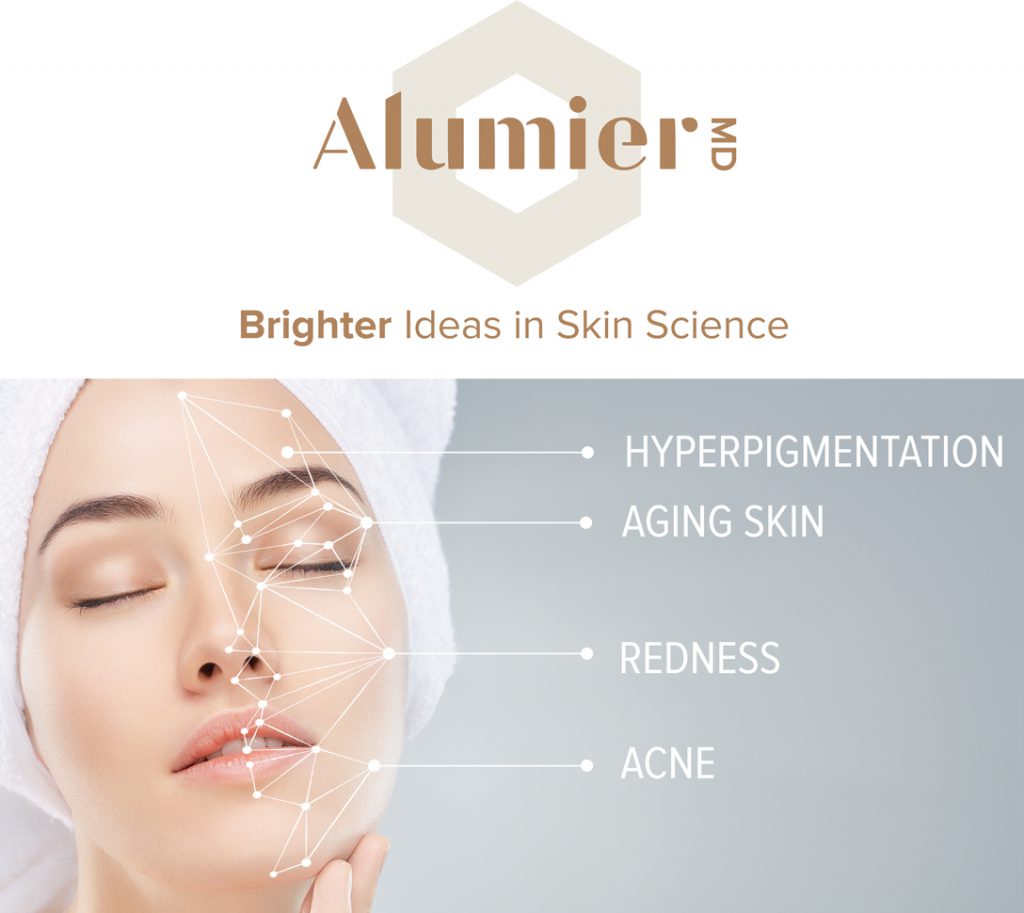What is chemical peel and how does it work?
Chemical peels can improve the skin's appearance. In this treatment, a chemical solution is applied to the skin, which makes it "blister" and eventually peel off. The new skin is usually smoother and less wrinkled than the old skin. An acid is applied to skin to lower the PH, which loosens the connections between dead skin cells, inducing exfoliation and stimulating new cell growth. This process causes superficial layers of dead skin to peel off, revealing a smoother and more radiant complexion. Chemical peels can also thicken the epidermis, increase dermal volume and stimulate collagen. Chemical peel works by deeply exfoliating the surface layers of skin forcing your body to quickly replenish it with new cells. When peels are performed regularly the skin gets used to this process and begins to rejuvenate itself like younger skin.
What benefits are introduced by chemical peel?
We complete a through skin analysis and recommend an individualized treatment program to address your skin concerns. We will create a personalized program that combines professional treatment with home care products since they work synergistically to improve the health and beauty of skin. Chemical peels can be done on the face, neck, or hands. They can be used to:
- Reduce fine lines under the eyes and around the mouth
- Treat wrinkles caused by sun damage and aging
- Improve the appearance of mild scars
- Treat certain types of acne
- Reduce age spots, freckles, and dark patches (melasma) due to pregnancy or taking birth control pills
- Improve the look and feel of skin
- Uneven texture and tone
- Hyperpigmentation
- Dry, flakey, dull skin

When will I see results?
Beautiful skin doesn’t happen overnight, and treatments take time to show results. A single chemical peel can provide the immediate effect of bright and radiant skin; however, more significant results in treating texture issues, fine lines and inflamed acne could take several treatments and loyalty to the appropriate home care regimen. Using homeware products consistently and as directed will aid in achieving your optimal results.
Precautions and side-effects of chemical peel:
The professional who does your peel will first clean your skin thoroughly. Then he or she will apply one or more chemical solutions -- such as glycolic acid, trichloroacetic acid, salicylic acid, lactic acid, or carbolic acid (phenol) -- to small areas of your skin. That creates a controlled wound, letting new skin take its place.
During a chemical peel, most people feel a burning sensation that lasts about five to ten minutes, followed by a stinging sensation. Putting cool compresses on the skin may ease that stinging. You may need pain medication during or after a deeper peel.
Depending upon the type of chemical peel, a reaction similar to sunburn occurs following the procedure. Peeling usually involves redness followed by scaling that ends within three to seven days. Mild peels may be repeated at one to four-week intervals until you get the look you're after. Medium-depth and deep peeling may result in swelling as well as blisters that may break, crust, turn brown, and peel off over a period of seven to 14 days. Medium-depth peels may be repeated in six to 12 months, if necessary. There is a low risk of scarring in certain areas of the face. Some people may be more likely to scar. If scarring does happen, it can usually be treated with good results.
After a chemical peel, skin is temporarily more sensitive to the sun, so wear sunscreen every day. It should say "broad-spectrum" on the label, meaning it protects against the sun's UVA and UVB rays. Also, it should be a physical sunscreen and be above SPF 30. Limit your time in the sun, especially between the hours of 10 a.m. and 2 p.m., and wear a wide-brimmed hat.
.png)